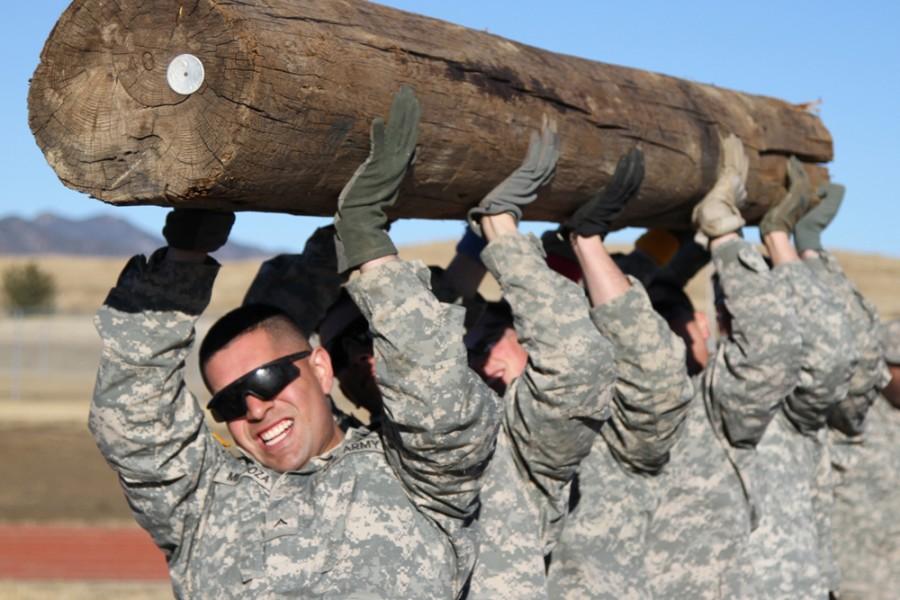The Military as a Path to College
November 5, 2014
Enlisting in the military is often seen as an alternative for those who cannot or do not wish to attend college. However, since attending college is considered the norm for many students in Los Altos, many don’t realize there are many routes to consider when it comes to higher education options directly related to the military. There are three main paths students can take, with some variation among each branch of military and each program.
Some students choose to go straight into the military after high school, then enroll in college after their service has ended in order to make use of G.I. benefits.
“I plan on doing four years active duty [and] after that I plan on going to college,” senior J.J. Cruz said. “Basically, I’m just using the military as a stepping stone to get college paid for, get that training, discipline, all those factors that fit into law enforcement.”
Originally passed in 1944 to help World War II veterans, the Post 9/11 Servicemen’s Readjustment Act (the G.I. Bill) provides education benefits for people who have served on active duty for 90 or more days since September 11, 2001.
However, students who want to join the military to take advantage of G.I. benefits should be aware that tuition coverage varies. For public colleges, the G.I. benefits will pay for 100 percent of of “in-state” tuition and fees. This means that students who would usually have to pay out-of-state tuition will have to make up the difference. Any other benefits such as stipends, relocation allowances or exam waivers are entirely dependent on the type of service done for the army.
Other students prefer to attend college before heading to the military so that when they do enlist, they go into active duty as officers.
Military colleges like the Air Force Academy or West Point are meant to serve as regular four-year institutions but with specialized military training. Graduating from institutions such as this also comes with the expectation that upon graduation students will make a commitment to serve on active duty for a varying number of years. One of the advantages of taking this path is entering into the military as an officer, which affords a greater degree of opportunity.
“I was talking with an Air Force Academy recruiter, and the way he described it to me was, if you go to the Air Force Academy, you have a guaranteed job as soon as you graduate,” senior Dylan Zorn said.
The similar path prospective military recruits consider is attending a regular four-year institution while participating in Reserve Officer Training Corps (ROTC) programs. ROTC programs with varying benefits and obligations can be found in most colleges with the opportunity of enrolling in the military as a commissioned officer upon graduating just as if the student had gone to a military college. Senior Brendan Krepchin plans to enter the reserves after he completes his ROTC training in college.
“My plan is that after I enlist and go to the School of Infantry, I [will] enter the Reserve Program which basically means I can still get deployed, but it’s unlikely, and all I have to do is go to training one weekend a month and two weeks in the summer,” Brendan said.
ROTC programs are more flexible, as they only require participants to commit to training once a week throughout the four years, plus summers. Despite financial benefits being more limited, ROTC programs are a viable option for those who would rather not go to a military college or aren’t accepted into the military college of their choice.
“If I do ROTC instead of the [Air Force] Academy, I’ll also be applying for a scholarship, and will probably be eligible for some scholarship money from the Air Force for my education,” Dylan said.
There are plenty of financial opportunities for students to take of advantage of for those who want to or are willing to commit to active military service. Prospective recruits, however, should fully research the path that they choose to take before they commit so that their intentions in enlisting match with what each specific program offers.



